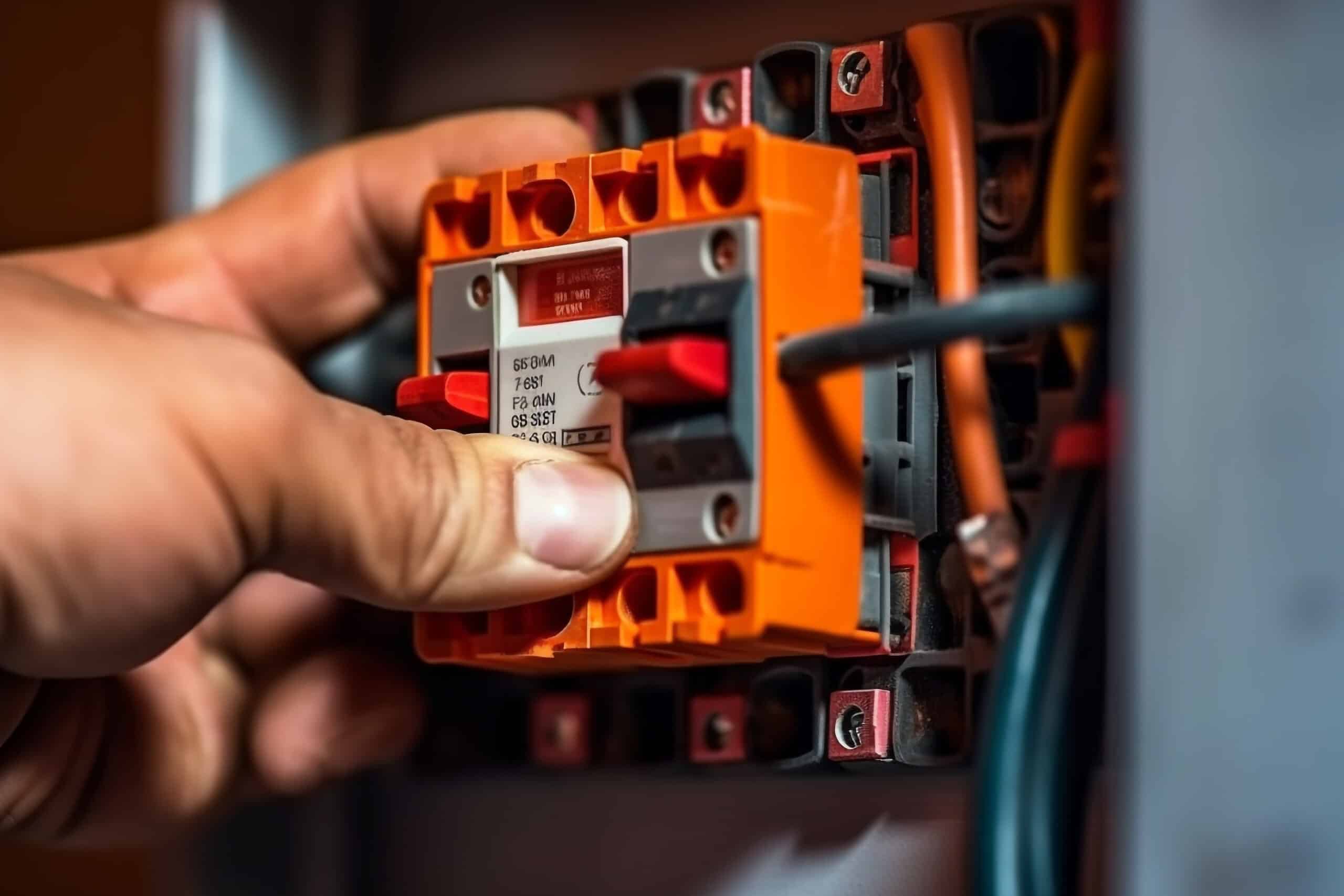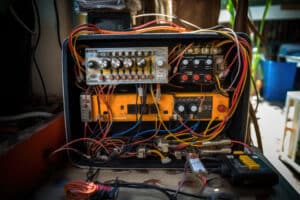How to Connect a Generator to a House Using a Transfer Switch?
Key Takeaways
- Using a transfer switch is crucial for a safe and efficient backup power system during an outage
- Prior to connecting the generator, turn off the circuit breakers in the transfer switch to prevent any unwanted power flow
- Hiring a licensed electrician is highly recommended throughout the process to ensure a safe and compliant installation
Connecting a generator to a house using a transfer switch is a crucial step in ensuring a safe and efficient backup power system during an outage. A transfer switch is a device that allows you to switch the power source between the utility grid and the generator. This article will provide a step-by-step guide on how to connect a generator to a house using a transfer switch, along with the pros and cons of using this setup.
Step 1: Prepare for the Connection
Before connecting your generator to your house, it is important to take certain precautions. Make sure you have a transfer switch that is compatible with your generator and meets the necessary safety standards. Additionally, ensure that you have the appropriate electrical wire and other necessary tools.
Step 2: Turn off Circuit Breakers
Prior to connecting the generator, turn off the circuit breakers in the transfer switch to prevent any unwanted power flow. This step is crucial for the safety of both your electrical system and utility workers.
Step 3: Connect the Generator to the Transfer Switch
Using the appropriate electrical wire, connect the generator to the transfer switch. Follow the manufacturer’s instructions for properly connecting the wires. It is recommended to hire a licensed electrician to ensure the correct installation of the transfer switch.
Step 4: Start the Generator
Once the generator is connected, start it and let it warm up. It is important to ensure that the generator is in good working condition before proceeding further.
Step 5: Flip the Circuit Breakers
After the generator has warmed up, flip the circuit breakers in the transfer switch to the generator position. This will allow the power from the generator to flow into your house’s electrical system.
Step 6: Gradually Load the Generator
Gradually load the generator by turning on home appliances one by one. This will help prevent overloading the generator and ensure a smooth transition of power. It is important to consider the wattage of each appliance and the overall capacity of your generator.
Step 7: Restore Utility Power
When utility power is restored, flip the circuit breakers in the transfer switch back to the utility position. This will disconnect the generator from your house’s electrical system and allow the power from the grid to flow normally.
Step 8: Turn Off the Generator
After restoring utility power, turn off the generator and adjust the load as needed. It is important to properly maintain and service your generator to ensure its longevity and reliable performance.
Step 9: Remove the Power Cord
Finally, remove the power cord connecting the generator to the transfer switch. Ensure that the generator is properly disconnected to avoid any potential hazards.
It is worth mentioning that hiring a licensed electrician is highly recommended throughout this process. They have the expertise to ensure a safe and compliant installation, minimizing the risk of electrical hazards.
Pros and Cons of Using a Transfer Switch
Using a transfer switch to connect a generator to a house offers several benefits, but there are also some drawbacks to consider. Let’s explore both sides:
Pros:
- Ensures the safe and efficient use of standby power during an outage.
- Prevents backfeeding, which can be dangerous for utility workers and damage the electrical system and appliances.
- Allows for proper load management during an outage, preventing overload and maximizing the generator’s capacity.
- Automatic transfer switches provide convenience and a “set it and forget it” approach to generator backup power.
Cons:
- Manual transfer switches require physical connection during an outage, which can be cumbersome if multiple circuits need to be connected/disconnected frequently.
- Automatic transfer switches require professional installation and are generally more expensive than manual switches due to their complexity and reliance on electronic components.
Considering the pros and cons, it is important to weigh your specific needs and budget before deciding on the type of transfer switch that suits your requirements.
Related Websites:
FAQs:
Q: Why is a transfer switch important when connecting a generator to a house?
A transfer switch is essential because it safely connects your generator to your house’s electrical system. It prevents power from the generator and the main electrical grid from mixing, ensuring the safety of your home and appliances during power outages.
Q: What is the purpose of a generator transfer switch?
A generator transfer switch acts as a bridge between your generator and your home’s electrical system. Its purpose is to automatically switch the power source to the generator during a power outage and back to the main electrical grid once power is restored, ensuring a seamless transition and protection for your appliances.
Q: How do I select the right transfer switch for my needs?
When choosing a transfer switch, consider factors such as your generator’s capacity, the number of circuits you want to power, and any specific requirements or electrical codes in your area. Consulting with a professional can help you select the right transfer switch for your specific needs.
Q: What are the necessary tools and materials for installing a transfer switch?
To install a transfer switch, you will need tools such as a screwdriver, wire strippers, and a drill. Additional materials required may include electrical cables, conduit, wire connectors, and mounting hardware. Refer to the manufacturer’s instructions for a comprehensive list of tools and materials.
Q: What are the steps to connect a generator to a house using a transfer switch?
Here are the steps to connect a generator to a house using a transfer switch:
1. Turn off the main power supply.
2. Mount the transfer switch.
3. Connect the transfer switch to the main electrical panel.
4. Install the inlet box.
5. Connect the generator to the transfer switch.
6. Test the system. Following these steps ensures a safe and proper installation.






